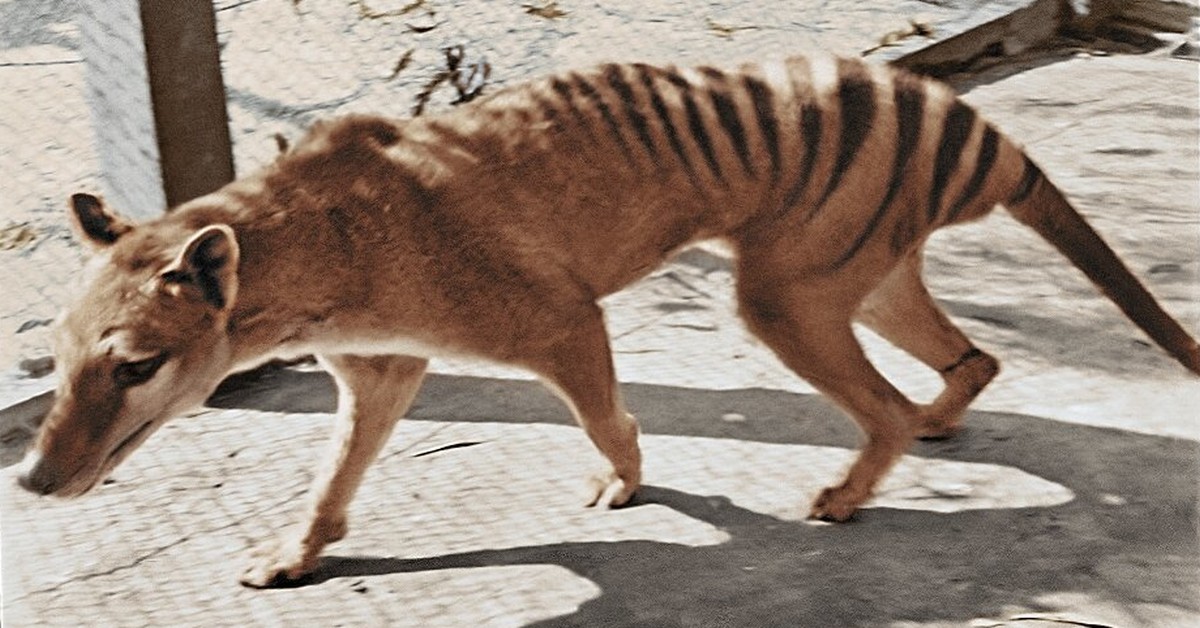Almost 90 years after Benjamin, the last known Tasmanian tiger died, a group of scientists are working to bring the extinct marsupial back to life.

Tasmanian tigers, also know as Thylacines, were once the biggest carnivorous marsupials in the world. They used to roam the entire Australian continent, but by about 2,000 years ago, they only remained on the island of Tasmania. There, approximately 5,000 thylacines lived at the time Europeans colonized the continent in the late 18th century, according to the National Museum of Australia. By the mid-1930s, sightings of thylacines in the wild had become exceedingly rare. After Benjamin died alone at the Hobart zoo in 1936, attempts to capture another Tasmanian tiger were unsuccessful, and in 1986 the species was officially declared extinct.
Reports of thylacine sightings in the wild continued long after Benjamin died, making many hopeful that specimens might still be alive out there somewhere. Unfortunately though, only occasional grainy footage has thus far been offered as evidence. One study in 2017 put the odds of the animal still surviving at 1.6 trillion to one, while another in 2018 came to the conclusion it was probably extinct, though “there is enough uncertainty to at least leave this open as a slight possibility.”

As the animal’s genome has since been sequenced, a group of scientists at the University of Melbourne, Australia is now attempting to bring the species back from extinction, IFL Science reports. The team has received $5 million in donation to allow the project to happen.
“Thanks to this generous funding we’re at a turning point where we can develop the technologies to potentially bring back a species from extinction and help safeguard other marsupials on the brink of disappearing,” Professor Pask, from the School of BioSciences at the University of Melbourne said in a press release.
“Our research proposes nine key steps to de-extinction of the thylacine. One of our biggest breakthroughs was sequencing the thylacine genome, providing a complete blueprint on how to essentially build a thylacine.”
“The funding will allow our lab to move forward and focus on three key areas: improving our understanding of the thylacine genome; developing techniques to use marsupial stem cells to make an embryo; and then successfully transferring the embryo into a host surrogate uterus, such as a dunnart or Tasmanian devil.”

The scientists believe that reintroducing the species would be beneficial not just for the resurrected species itself, but also for entire ecosystems.
“Of all the species proposed for de-extinction, the thylacine has arguably the most compelling case,” Pask added. “The Tasmanian habitat has remained largely unchanged, providing the perfect environment to re-introduce the thylacine and it is very likely its reintroduction would be beneficial for the whole ecosystem.”
